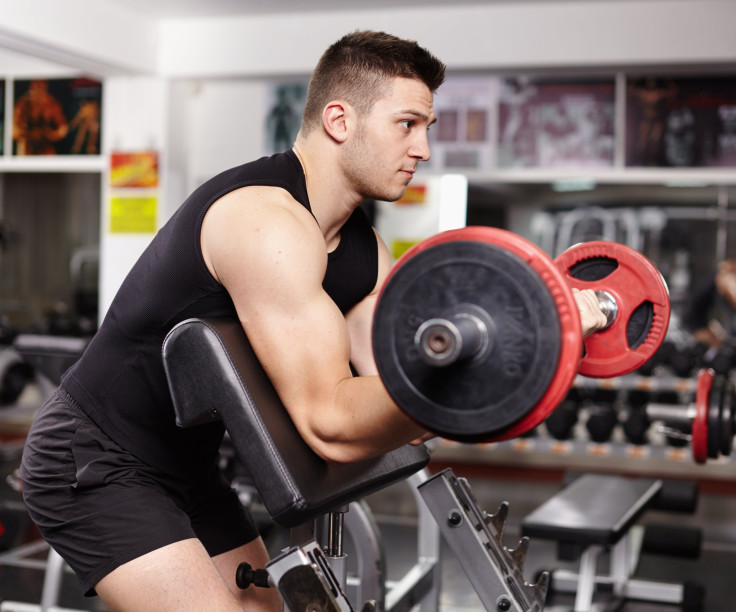Micro-Muscles: Scientists Create Artificial Muscles With Super Strength, A Thousand Times Stronger Than Humans

Researchers at the U.S. Department of Energy’s (DOE) Berkeley Lab have found a way to use a particular material called vanadium dioxide to create a micro-muscular breakthrough. The new “micro-muscles” are a thousand times more powerful than human muscle and are able to throw objects 50 times heavier than themselves within 60 milliseconds.
The material used to make these micro-muscles, vanadium dioxide, is already becoming a superstar in the scientific world of materials, due to its ability to transform its shape, size, and physical identity. These micro-muscles are essentially coils of chromium and vanadium dioxide, connected at either end to chromium electrode pads, which can catapult objects when heated. Scientists plan on assembling several micro-muscles together to create a robot that ultimately simulates an active neuromuscular system.
“The naturally combined functions of proximity sensing and torsional motion allow the device to remotely detect a target and respond by reconfiguring itself to a different shape,” Junqiao Wu, the lead author of the study and a physicist at Berkeley Lab’s Materials Sciences Division and the University of California-Berkely’s Department of Materials Science and Engineering, said in a news release. “This simulates living bodies where neurons sense and deliver stimuli to the muscles and the muscles provide motion.”
Vanadium dioxide has the potential to be used some day for more efficient electronic and optical devices. Its main feature is its ability to be an insulator at low temperatures — meaning it does not allow electric charges to flow easily — to a conductor at 67 degrees Celsius, which permits electricity to move in different directions. The researchers claim vanadium dioxide is ideal to create miniature and multi-functional artificial muscles. “We’ve created a micro-bimorph dual coil that functions as a powerful torsional muscle, driven thermally or electro-thermally by the phase transition of vanadium dioxide,” Wu said. “Using a simple design and inorganic materials, we achieve superior performance in power density and speed over the motors and actuators now used in integrated micro-systems.”
Whether these micro-muscles will be assembled to be used in prosthetics or to be integrated into human muscles in the future has yet to be seen; for now, it's a step forward. Wu continued: “Miniaturizing rotary motors is important for integrated micro-systems and has been intensively pursued over the past decades. The power density of our micro-muscle in combination with its multi-functionality distinguishes it from all current macro- or micro-torsional actuators/motors.”
Source: Liu K, Cheng C, Suh J, Tang-Kong R, Fu D, Lee S, et al. Powerful, Multifunctional Torsional Micromuscles Activated by Phase Transition. Adv. Mater. 2013.
Published by Medicaldaily.com



























